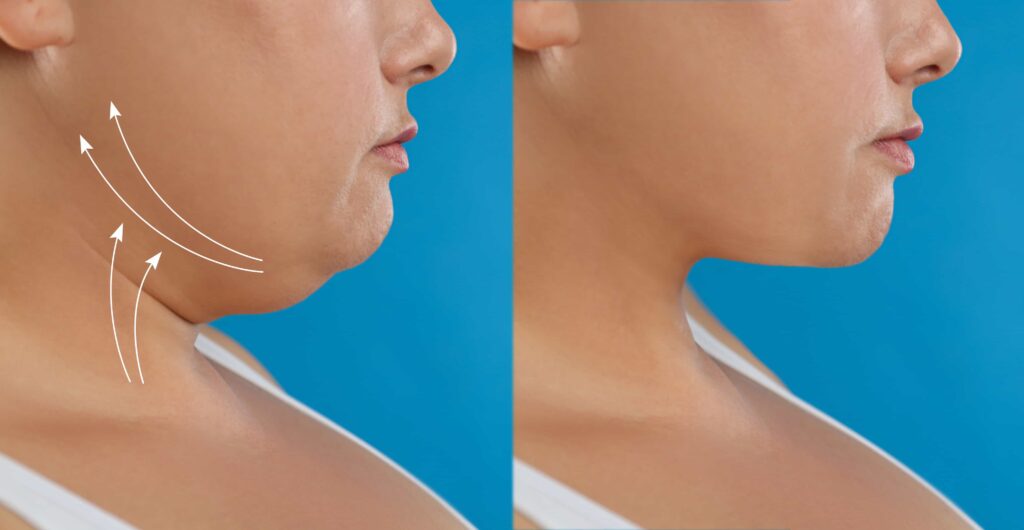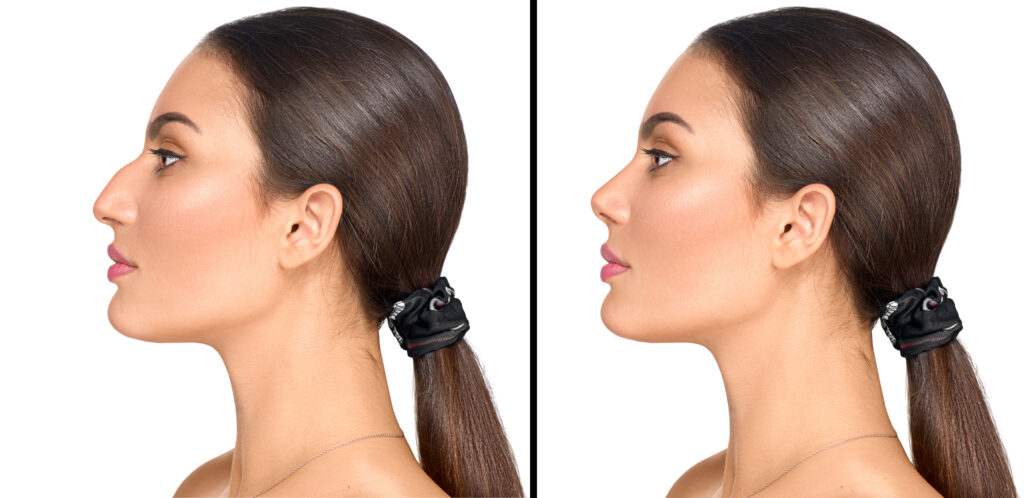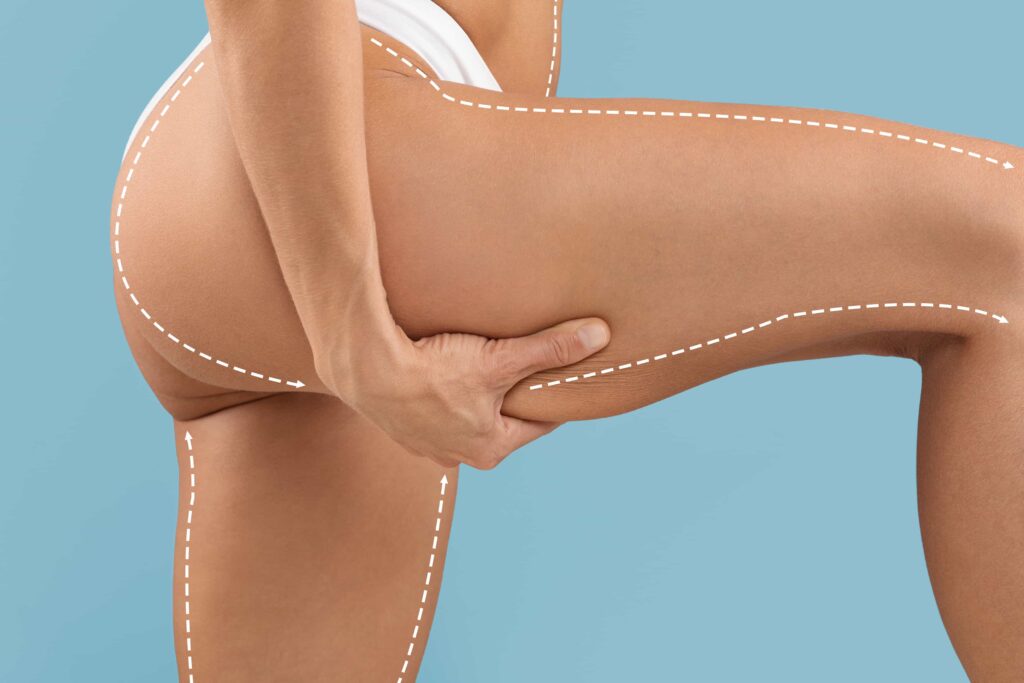Surgical body contouring post-weight loss removes excess skin and fat, enhancing the shape of underlying tissue.
This surgical procedure helps improve the overall shape of the body, resulting in a more contoured physique.
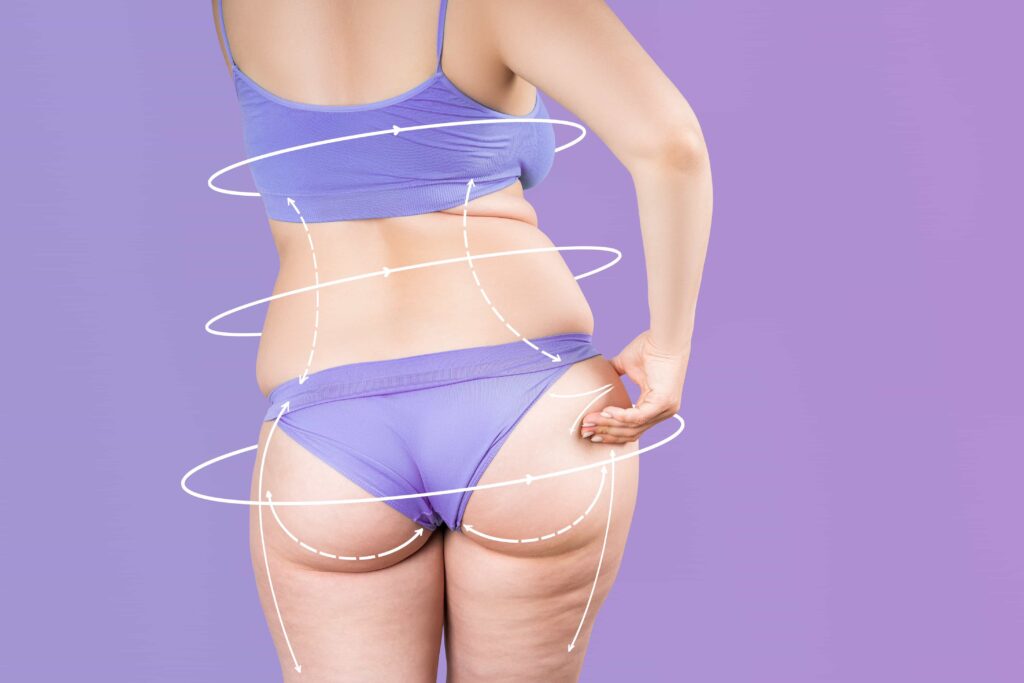
After major weight loss, surgical body contouring helps improve your shape. The surgeon removes extra sagging skin and fat.
Then, they tighten and reshape the tissues underneath. As a result, your body looks more balanced with smoother, more defined contours.
Various body contouring procedures are available:
Good candidates for body contouring are adults whose weight has stayed stable after losing weight.
They should be in good health and not have medical issues that could slow healing or raise surgery risks. Also, nonsmokers are better suited for these procedures.
In addition, the best candidates have a positive mindset and realistic expectations about the results. Finally, they should commit to a healthy lifestyle with good nutrition and regular exercise to maintain long-term results.
– Immediate Outcomes: Surgical procedures quickly alter body contours
-Targeted Fat Removal: Allows for precise removal of stubborn fat in specific areas
-Anticipated Results: Advances in surgical techniques lead to predictable outcomes
-Durable Fat Reduction: Surgical fat removal typically yields lasting results
-Invasive Nature: Carries risks such as bleeding, infection, and anesthesia reactions
-Downtime: Requires considerable recovery time
-Scarring: Incisions can result in visible scars
-Complications: Potential complications include seromas, hematomas, and asymmetry
Preparation
Your care team will give you medicine to keep you comfortable during surgery. You may receive either IV sedation or general anesthesia. Your doctor will help you choose the best option for your needs.
Procedure
Body contouring surgery involves removing extra skin, so it requires making larger incisions.
The size and placement of the incisions depend on how much skin needs to be removed and where it’s located. Your surgeon will also consider your preferences and use their best judgment.
In many cases, surgeons use advanced techniques to place incisions in spots that can be hidden under clothing. However, this isn’t always possible.
Often, body contouring is done in stages. Your overall health, goals, and your surgeon’s recommendations will help shape your surgical plan.
Common procedures your surgeon may suggest include:
– Arm lift: corrects sagging of the upper arms
– Breast lift: corrects sagging and flattened breasts. Gynecomastia surgery: addresses the issue of enlarged or overdeveloped breasts in males.
–Facelift: corrects sagging of the mid-face, jowls, and neck
-Lower body lift: corrects sagging of the abdomen, buttocks, inner thighs, and outer thighs
-Medial thigh lift: corrects sagging of the inner thigh
–Tummy tuck: corrects the apron of excess skin hanging over the abdomen.
While the process of losing excess weight may have taken you two years or more, it is important to recognize that achieving the final results of your body contouring may require a similar duration.
After body contouring surgery, dressings or bandages will be applied to your incisions. Temporary tubes may be placed under the skin to drain excess blood or fluid. You will receive specific care instructions, including how to care for the surgical sites, medications to aid healing, and signs to watch for concerning your health.
It is important to avoid bending, straining, or lifting for several days to weeks, and to maintain a position that minimizes stress on internal sutures. To reduce the risk of blood clots, make sure to walk as soon as possible and stay well-hydrated.
The effects of body contouring after significant weight loss are noticeable almost immediately, but the final results may take two years or longer to fully manifest.
Accepting visible scars is part of the process to achieve a body shape that aligns with your new weight and proportions.
The results are typically long-lasting if you maintain a stable weight and overall fitness, although some natural loss of firmness may occur with aging. While positive outcomes are anticipated from the procedure, there are no absolute guarantees. In some cases, achieving the best results may require additional surgical procedures.
The possible complications of body contouring surgery should be discussed in detail with your plastic surgeon. Given that body contouring surgery will likely involve more than one procedure, the risks will be higher
Some of the risks involved in body contouring include anesthesia complications, bleeding, and the formation of blood clots. Additional concerns may include excessive scarring, fluid accumulation, infections, numbness, poor wound healing, and irregular skin contours.
The cost of body contouring surgery can differ significantly with the different body contouring surgery needs. Factors influencing the price include the surgeon’s experience, the specific procedures performed, and the geographical location of the practice.
It’s important to note that many health insurance plans often do not cover body contouring surgeries or any related complications. As a result, patients should be prepared for potential out-of-pocket expenses.


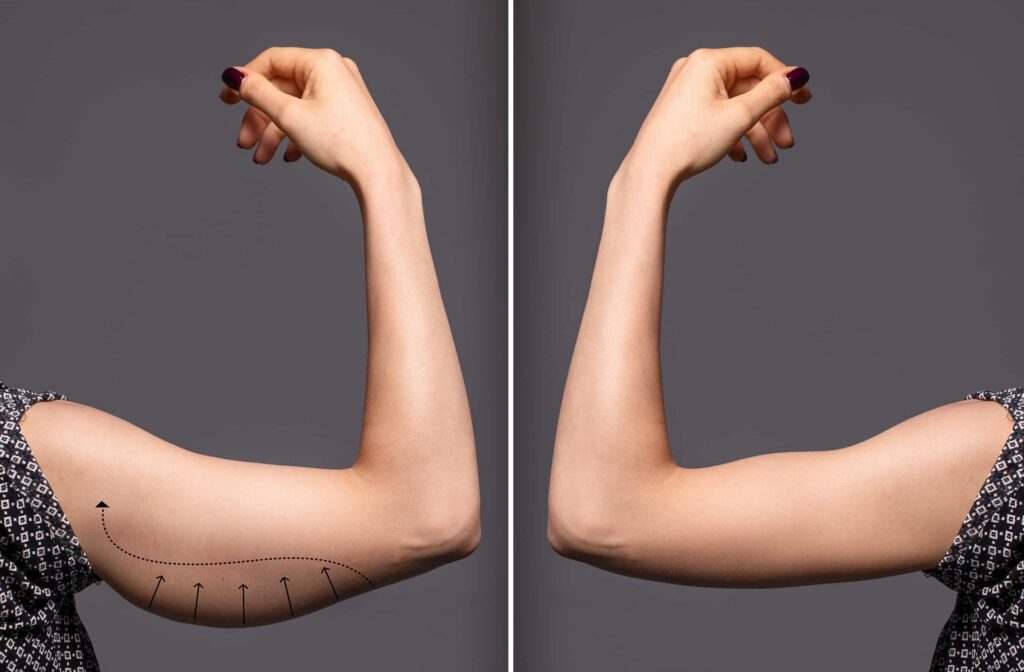











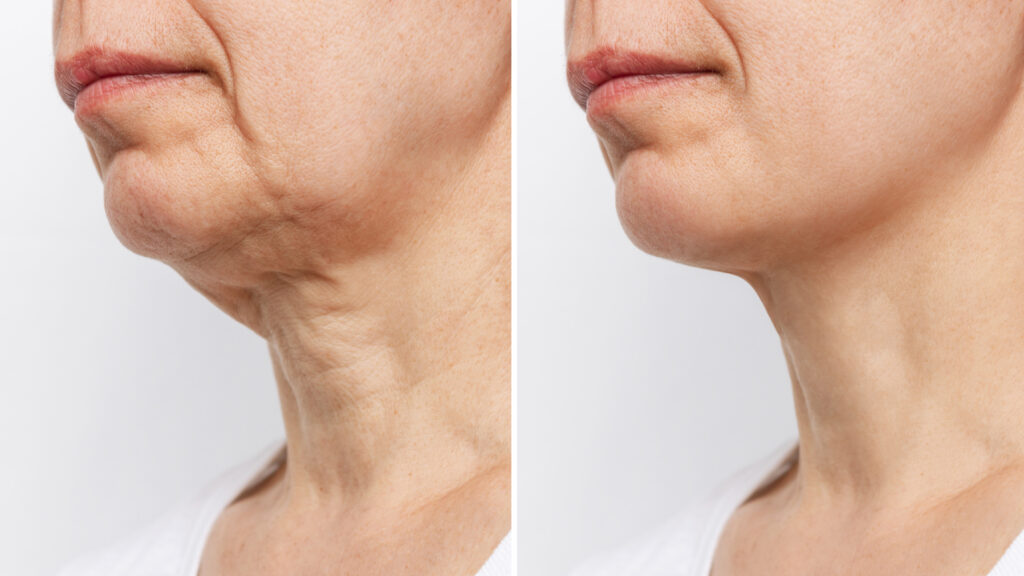


Fat grafting is a procedure that enhances and naturally adds volume to areas of the body by using your own…






